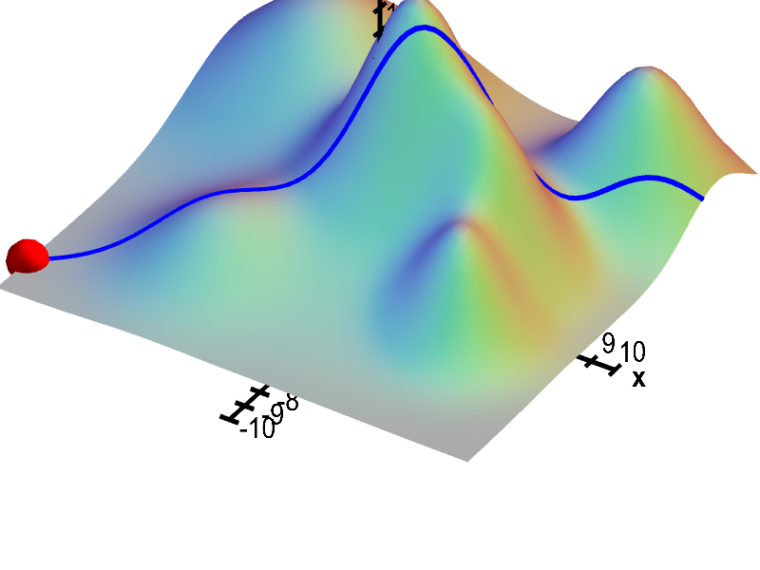Introduction
The chain rule is one of the most important concepts in calculus. It allows us to differentiate composite functions efficiently, making it an essential tool for students and professionals alike. Understanding the chain rule is crucial for solving more advanced calculus problems and real-world applications. This guide provides a clear and step by step approach to mastering the Chain Rule.
What is the Chain Rule
The chain rule is a formula used to differentiate the composition of two or more functions. If a function y is defined as y = f(g(x)), the derivative of y with respect to x is given by
dy/dx = f'(g(x)) * g'(x)
This means you first differentiate the outer function while keeping the inner function intact, and then multiply by the derivative of the inner function.
Step by Step Approach to Using the Chain Rule
Step 1 Identify the Inner and Outer Functions
To apply the chain rule correctly, identify the inner function g(x) and the outer function f(u). For example, in y = (3x + 2)⁵, the inner function is g(x) = 3x + 2, and the outer function is f(u) = u⁵.
Step 2 Differentiate the Outer Function
Differentiate the outer function f(u) with respect to u, keeping the inner function unchanged. In the example, the derivative of u⁵ is 5u⁴.
Step 3 Differentiate the Inner Function
Next, differentiate the inner function g(x) with respect to x. For g(x) = 3x + 2, the derivative is 3.
Step 4 Multiply the Results
Finally, multiply the derivative of the outer function by the derivative of the inner function:
dy/dx = 5(3x + 2)⁴ * 3 = 15(3x + 2)⁴
This gives the final derivative of the composite function.
Common Mistakes to Avoid
- Forgetting to multiply by the derivative of the inner function
- Misidentifying the inner and outer functions
- Skipping steps, which can lead to incorrect results
- Applying the chain rule when it is not necessary
Real Life Applications
The chain rule is widely used in physics for calculating rates of change, in economics for analyzing growth models, and in engineering for modeling complex systems. It also appears in computer science, biology, and many other fields where composite functions are common.
Tips for Beginners
- Always write out the inner and outer functions clearly
- Practice with simple functions before moving to more complex ones
- Use parentheses to keep track of the inner function
- Check your work step by step to avoid errors
Conclusion
Mastering the chain rule is essential for building a strong foundation in calculus. By following a systematic approach and practicing regularly, beginners can gain confidence and improve their problem-solving skills. For more educational resources and the latest updates on learning, visit YeemaNews.Com, a site that shares current and practical insights on education.


